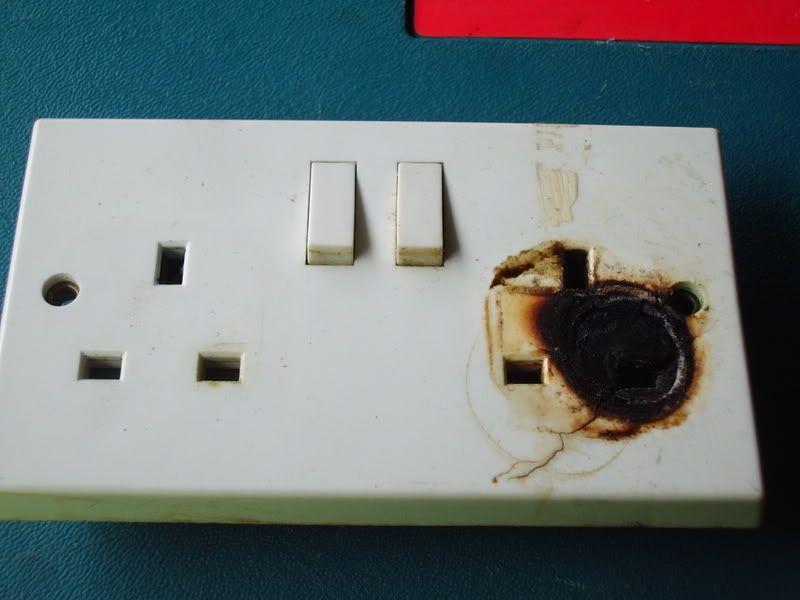I have a switched fused connection unit with a spur running off it to supply the washing machine in my kitchen. The machine is then hardwired into the wall plate supplied by the fused switch.
I'm now fitting a dishwasher as a new kitchen is being fitted.
The fitter says he'll need to install another switched fused connection unit for the dishwasher.
I asked can he not just use the power point that the washing machine is connected to. He says he can't because you can't have a spur off a spur.
I've looked around and I'm a bit confused as apparently I could convert that spur into a double socket. Is this correct? Could this double socket (a spur off the ring which is controlled by a switched fused connection unit on the wall above the worktop) safely feed a washing machine and a dishwasher running at the same time? If necessary, due to clearance issues, is there any reason why both appliances couldn't be hardwired in at this point instead of plugged into the double socket?
Thanks for any advice.
I'm now fitting a dishwasher as a new kitchen is being fitted.
The fitter says he'll need to install another switched fused connection unit for the dishwasher.
I asked can he not just use the power point that the washing machine is connected to. He says he can't because you can't have a spur off a spur.
I've looked around and I'm a bit confused as apparently I could convert that spur into a double socket. Is this correct? Could this double socket (a spur off the ring which is controlled by a switched fused connection unit on the wall above the worktop) safely feed a washing machine and a dishwasher running at the same time? If necessary, due to clearance issues, is there any reason why both appliances couldn't be hardwired in at this point instead of plugged into the double socket?
Thanks for any advice.


